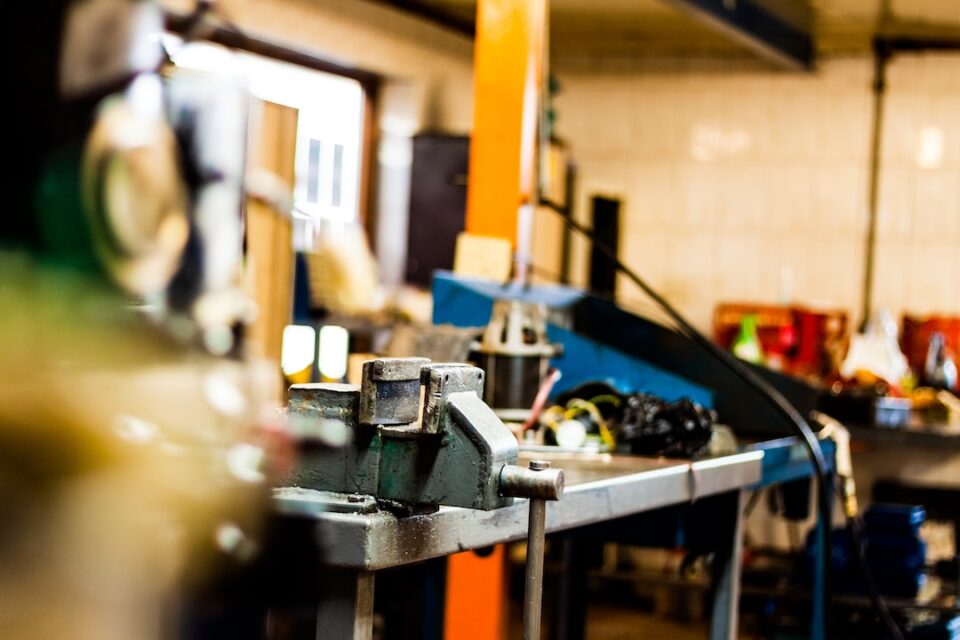Virtual reality (VR) has rapidly emerged as a groundbreaking technology that has revolutionized various sectors, and manufacturing is no exception. With its immersive and interactive capabilities, VR has transformed the way training is conducted in the manufacturing industry. Let’s explore how this innovative technology is revolutionizing manufacturing training.
Traditional training methods often involve using text-based manuals, classroom sessions, or on-the-job training. While these methods are useful, they may not fully prepare employees for real-world scenarios and can be time-consuming and costly. Here’s where virtual reality steps in and takes training to a whole new level.
One of the key advantages of VR-based training is its ability to simulate real-life situations. VR can create 3D environments that mimic actual manufacturing settings, giving employees an immersive experience where they can interact and learn in a risk-free environment. This not only enhances their retention and understanding of concepts but also helps in building muscle memory and improving practical skills.
In addition, VR enables trainees to learn at their own pace. With traditional training methods, employees often have to adjust to the pace of the instructor or wait for their turn to practice a certain task. However, with VR, trainees can repeat exercises as many times as needed, ensuring thorough understanding and mastery of skills. This flexibility is particularly beneficial for complex manufacturing processes that require precision and attention to detail.
Moreover, virtual reality allows for remote training, which is especially useful in large organizations with multiple locations or global operations. VR-based training programs can be accessed from anywhere, eliminating the need for physical presence in a specific training facility. This not only saves time and travel costs but also ensures consistency in training across various sites.
Another significant advantage of VR in manufacturing training is its cost-effectiveness. Setting up VR training programs may require an initial investment, but it proves to be more economical in the long run. VR reduces expenses associated with physical training facilities, travel, and equipment. Moreover, the ability to train multiple employees simultaneously in a virtual environment saves time and increases productivity.
Furthermore, VR can be used to train employees on specialized equipment or processes that are expensive or dangerous to simulate in real life. For instance, employees can learn how to operate heavy machinery or handle hazardous materials without any risk to their safety or costly equipment. This reduces accidents and errors, leading to a safer and more efficient work environment.
In conclusion, virtual reality is revolutionizing manufacturing training by providing an immersive, interactive, and cost-effective learning experience. Through realistic simulations, remote accessibility, and the ability to repeat exercises endlessly, VR enables employees to gain vital skills and knowledge required for various manufacturing processes. As technology continues to evolve, it is certain that virtual reality will continue to play a pivotal role in shaping the future of training in the manufacturing industry.

